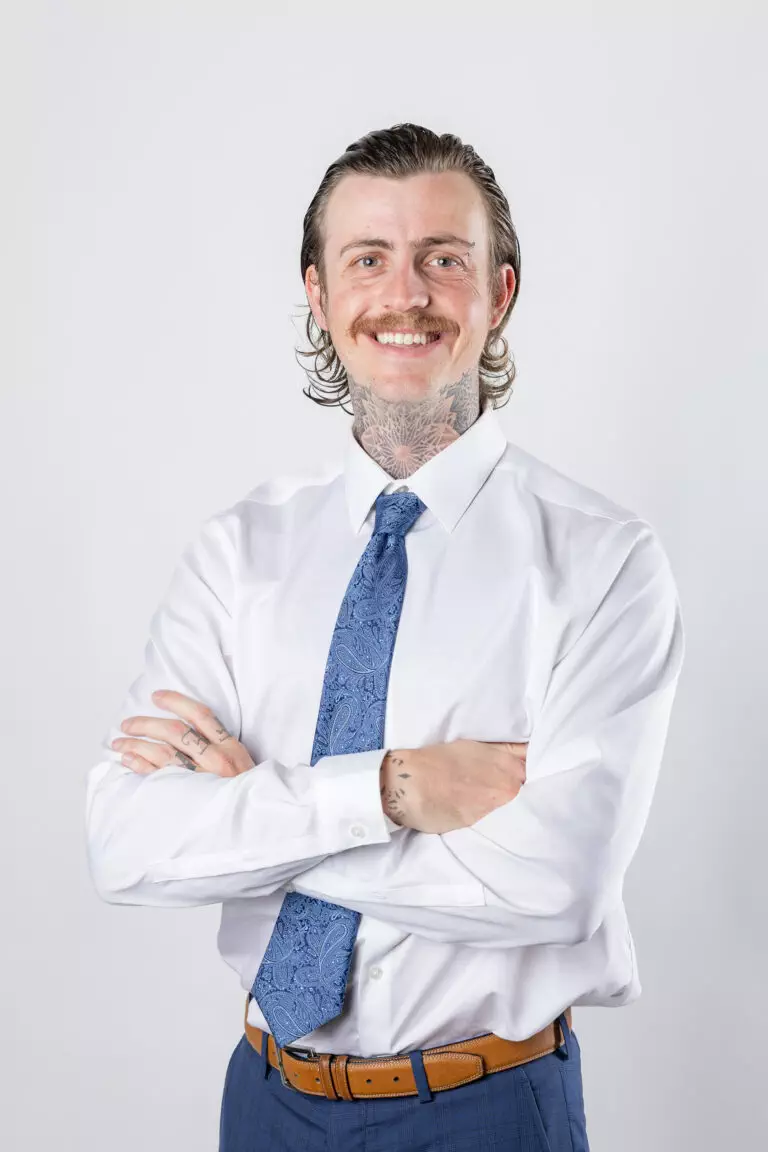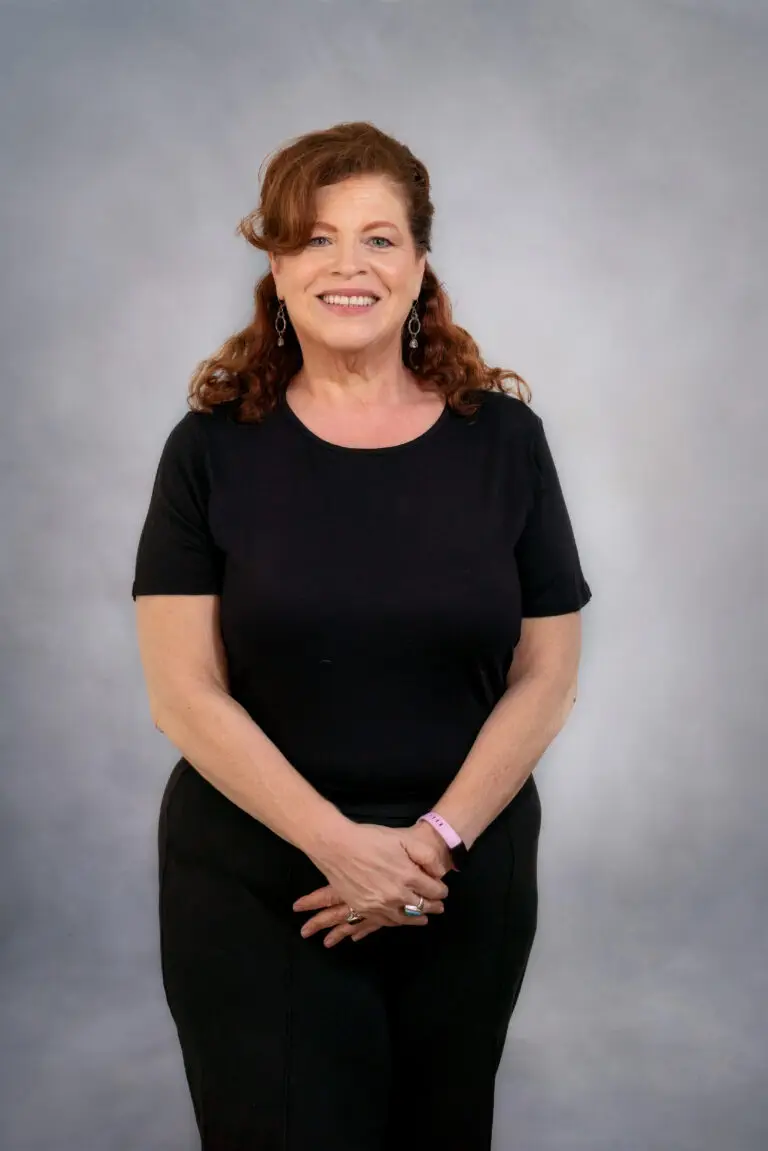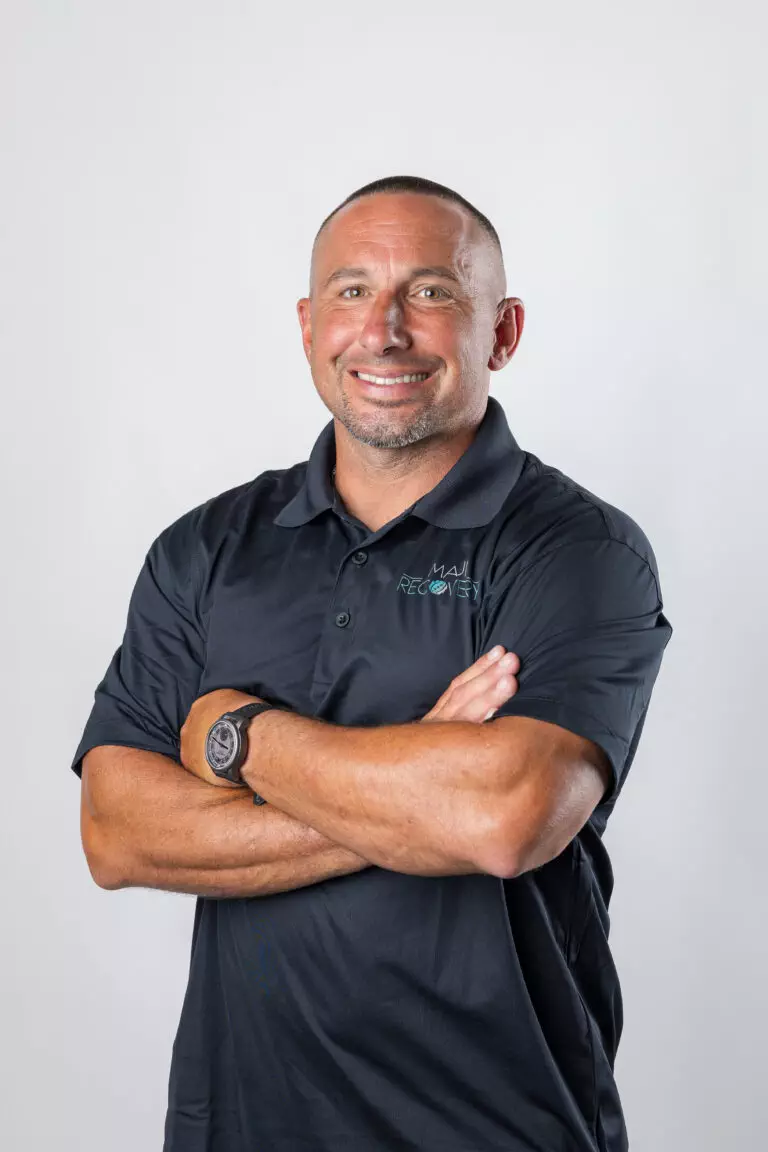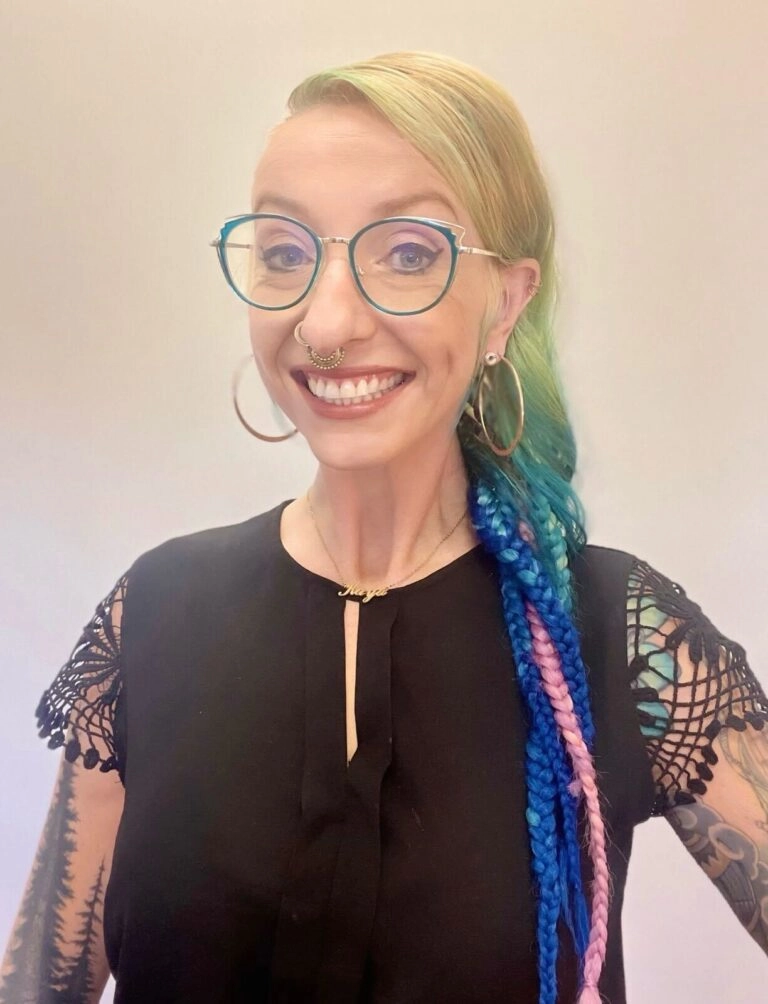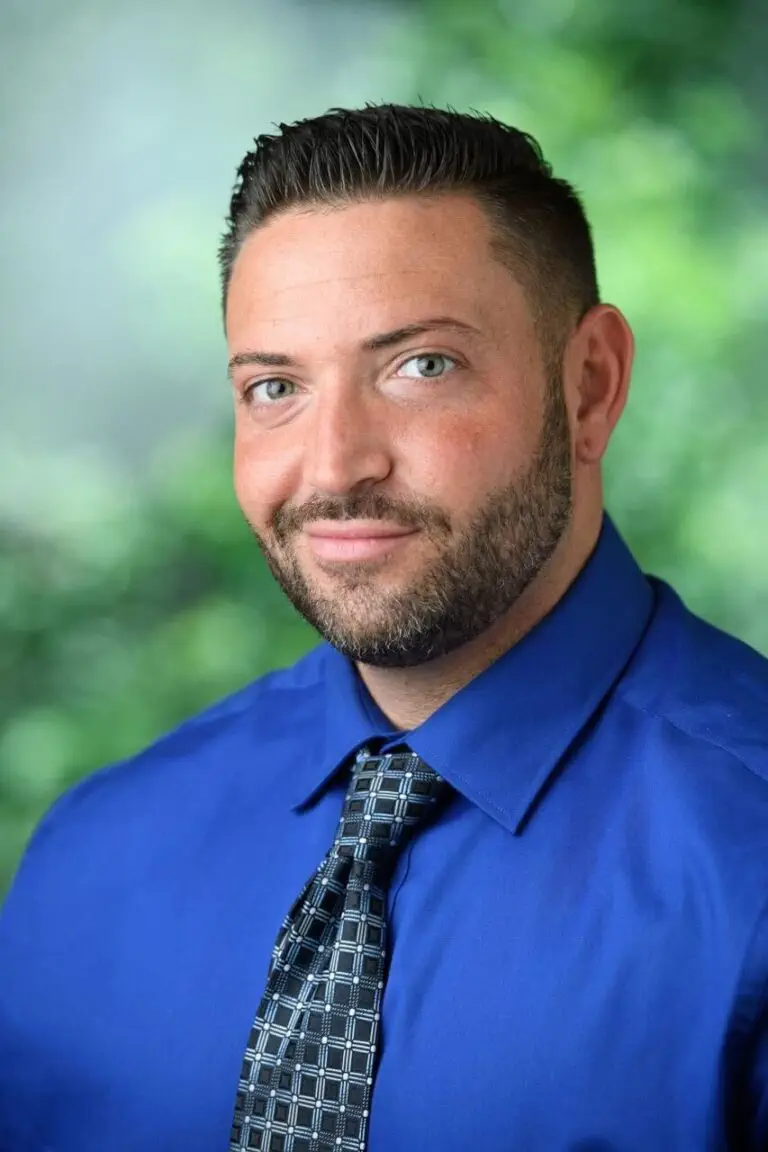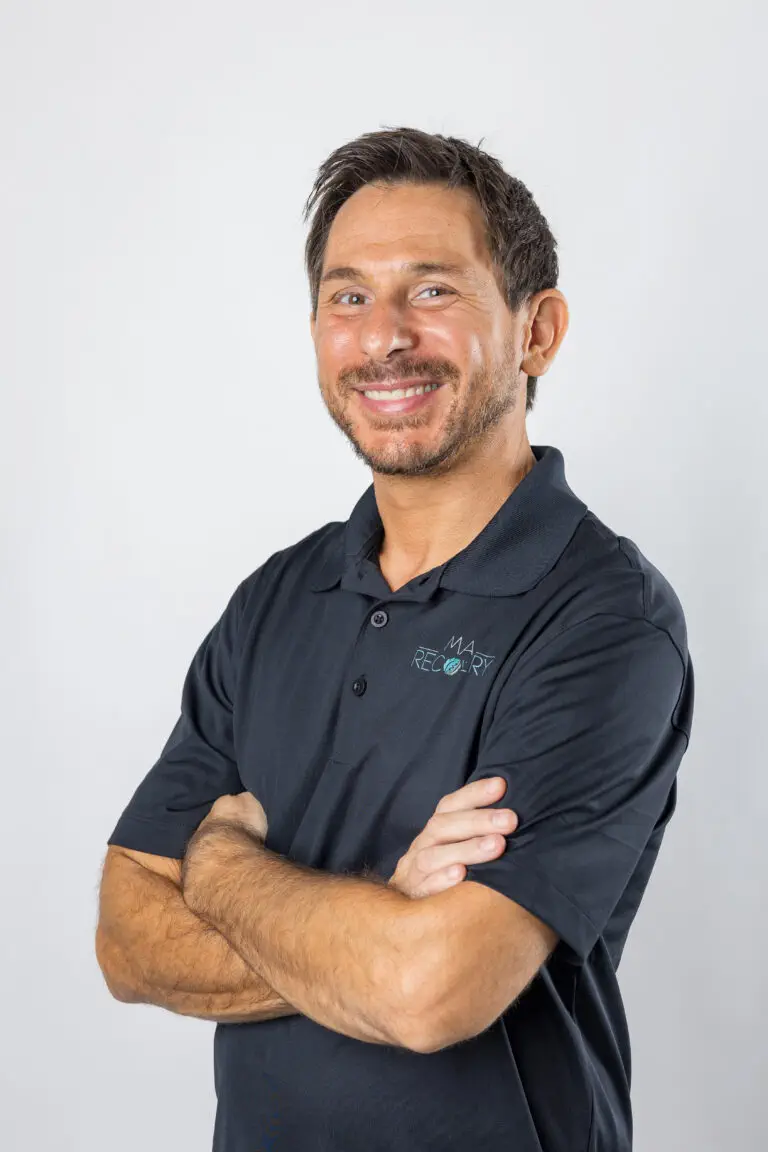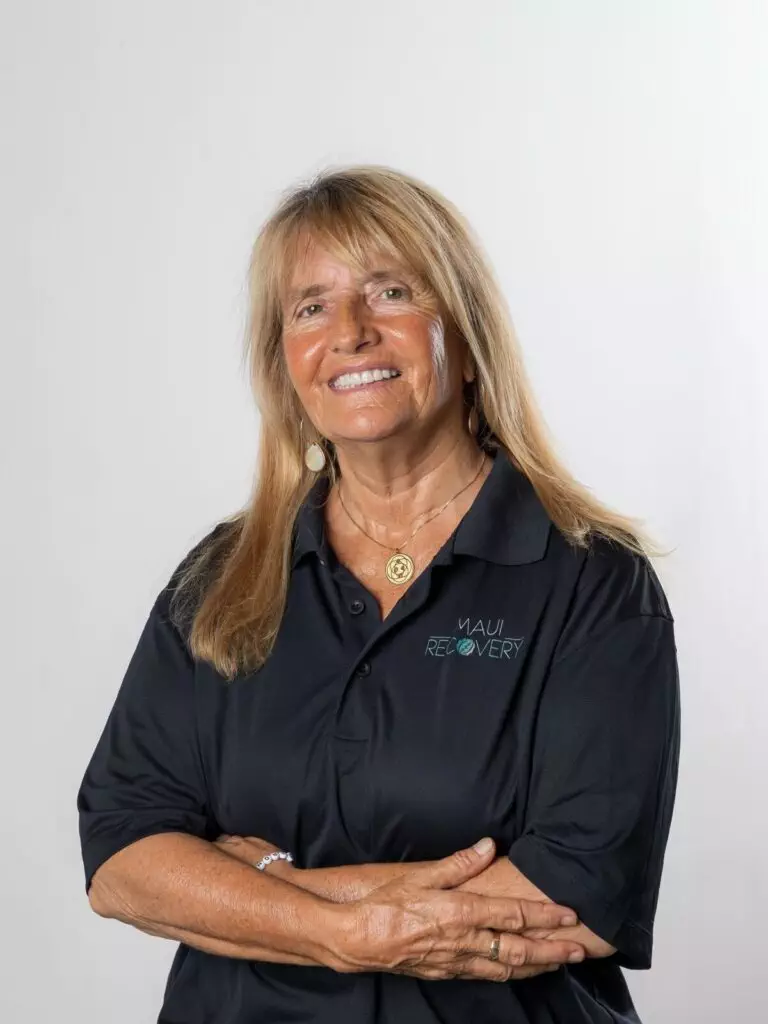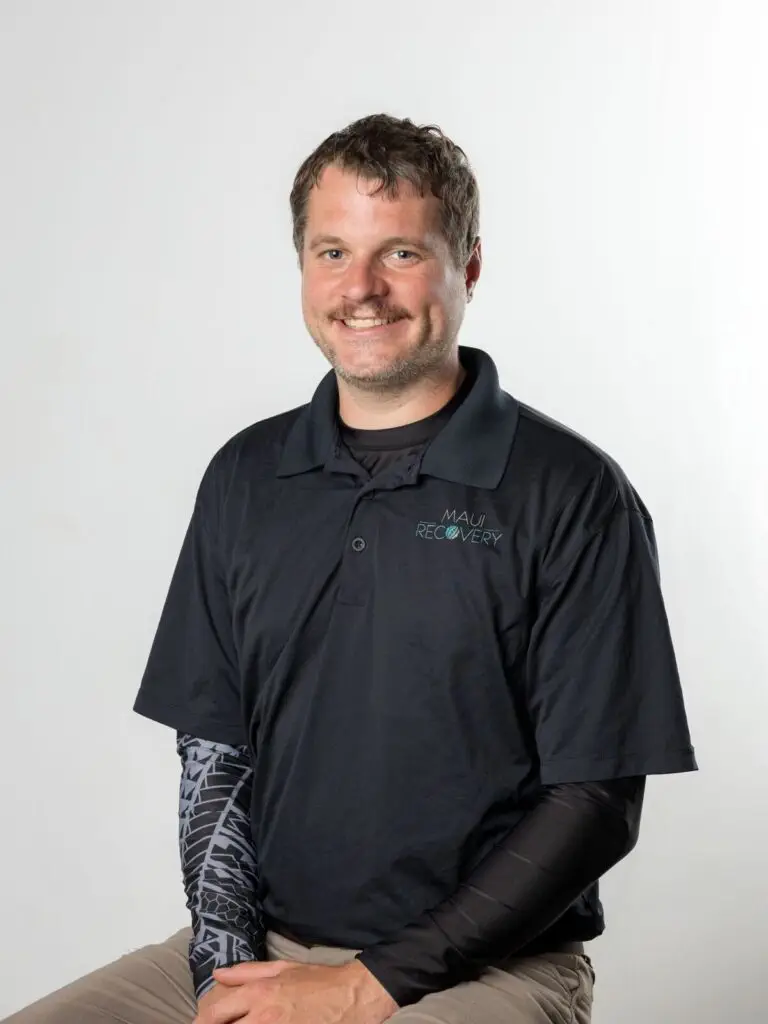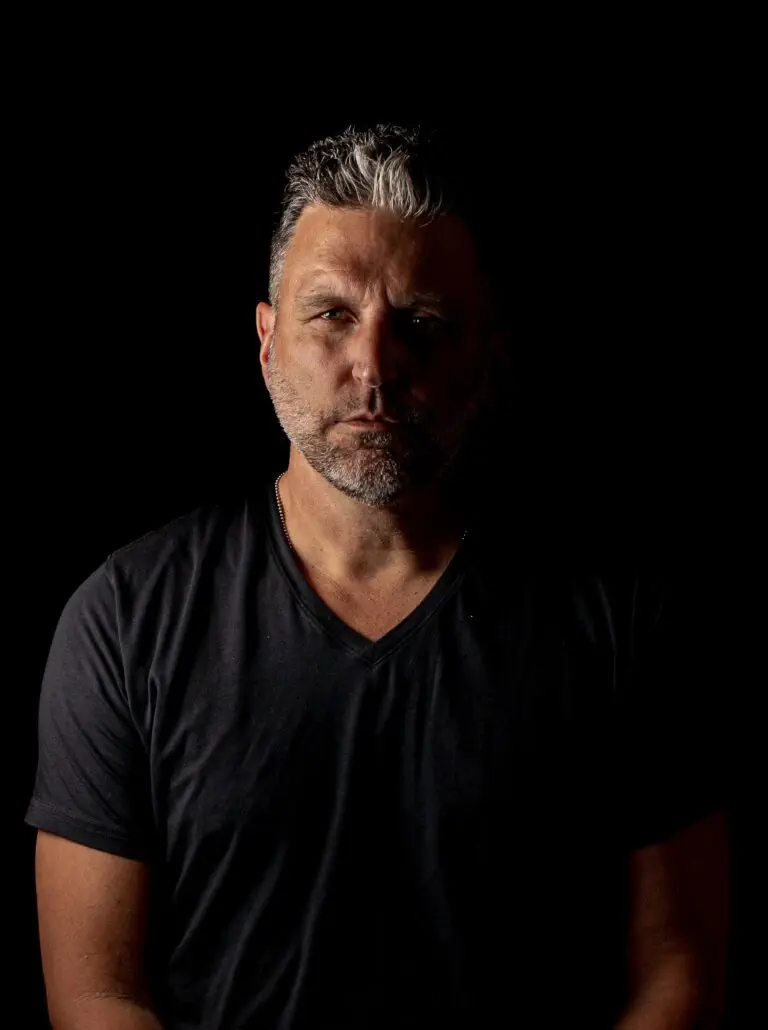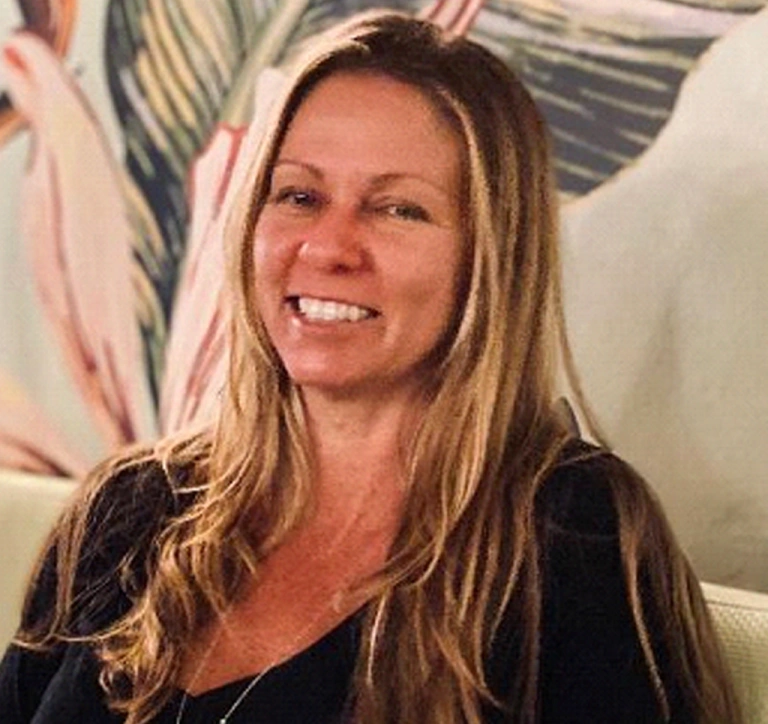Personality Disorder Treatment in Hawaii
Hawaii is the perfect place to heal on your journey to self-discovery, no matter the conditions you’re facing. Maui Recovery offers personality disorder treatment, as well as a myriad of other treatment services in beautiful Hawaii.
Given they cover a broad spectrum, treating personality disorders can be complex. Recognizing that each disorder is unique—from borderline and narcissistic to avoidant and obsessive-compulsive—we tailor our therapeutic approaches to the individual’s specific needs. Leveraging a blend of traditional therapies and holistic Hawaiian healing principles, we cultivate a nurturing environment conducive to treating personality disorders.
Personality Disorders Statistics in the U.S.
Personality disorders are diagnosed in 40–60% of psychiatric patients, rendering them the most common of all psychiatric diagnoses.
65–90% of people treated for a substance use disorder have at least one personality disorder.
Traumatic childhood experiences are risk factors that elevate the chances that an individual may develop a personality disorder.
We can help
Personality Disorder Treatment Plans at Maui Recovery
At Maui Recovery, we recognize that treating personality disorders requires personalized care tailored to each individual’s specific needs and circumstances. Our team of mental health professionals, including psychiatrists, therapists, and counselors, collaborates to develop customized treatment plans that address the core symptoms and underlying factors contributing to the disorder.
We take a holistic approach to personality disorder treatment, recognizing the interconnectedness of the mind, body, and spirit in achieving comprehensive healing. Our holistic therapies encompass mindfulness practices, yoga, meditation, expressive arts therapy, and equine-assisted therapy, providing clients with tools to cultivate self-awareness, emotional regulation, and interpersonal skills.
In addition to holistic therapies, we integrate evidence-based treatments such as Cognitive Behavioral Therapy (CBT), Dialectical Behavior Therapy (DBT), and Schema Therapy into our programs. These therapies focus on challenging maladaptive behaviors, improving coping strategies, and fostering healthier relationships and self-perception.
Family involvement is an essential component of our personality disorder treatment programs. We offer family therapy sessions and education to help loved ones understand the disorder, improve communication, and establish supportive relationships conducive to long-term recovery.
Our commitment to sustainable recovery extends beyond treatment completion. We provide relapse prevention strategies, ongoing support, and aftercare planning to empower individuals with the tools and resources necessary to navigate challenges and maintain progress post-treatment.
Hawaii Personality Disorder Treatment Center at Maui Recovery
At Maui Recovery, we understand the complexities of personality disorders and are committed to providing comprehensive and compassionate treatment programs tailored to each individual’s needs. Our holistic approach, combining evidence-based therapies with mindfulness practices and experiential modalities, fosters healing of the mind, body, and spirit.
We prioritize individualized care, ensuring that each client receives personalized treatment plans designed to address the core symptoms and underlying factors contributing to their personality disorder. Our multidisciplinary team of mental health professionals, including psychiatrists, therapists, and counselors, is dedicated to guiding and supporting clients through every step of their recovery journey.
Located in the serene landscape of Hawaii, our tranquil environment offers a peaceful sanctuary ideal for reflection, healing, and self-discovery. We believe in empowering individuals to cultivate self-awareness, develop healthy coping strategies, and build meaningful connections with themselves and others.
If you or a loved one is struggling with a personality disorder, don’t hesitate to reach out to Maui Recovery today. Together, we can embark on the path towards lasting wellness, empowerment, and a renewed sense of purpose. Contact us to learn more about our specialized treatment programs and start your journey towards a brighter future. We are here to support you every step of the way.
FAQs
What Are Personality Disorders?
Personality is what sets us apart in how we think, feel, and act. It’s shaped by our experiences, our environment, and our genetics, and it generally remains consistent throughout our lives. A personality disorder, on the other hand, is when someone’s way of thinking, feeling, and behaving is significantly different from cultural norms, leads to distress or functional issues, and persists over time.
Personality disorders are characterized by enduring patterns of behavior and internal experiences that deviate notably from societal expectations. These patterns typically emerge in late adolescence or early adulthood and can lead to considerable distress or difficulties in daily functioning. Such disorders aren’t just occasional deviations in behavior; they represent consistent and long-term ways of interacting with the world that differ from what’s generally accepted or expected.
What Are the Effects of Personality Disorders and Dissociative Drugs?
Often, those who suffer from personality disorders turn to dissociative substances to help relieve their symptoms. Below are some common signs of use. If you notice a loved one exhibiting these, we recommend seeking support as soon as you can.
- Daily use
- Productivity levels decreasing
- Increased secrecy
- Withdrawal from family and friends
- Being awake at odd hours
- No longer making responsible decisions
- No longer interested in personal appearance or hygiene
- Cannot stay concentrated or remember things that just happened
- Risky behavior
- Unpredictable moods and behaviors
What Are the Types of Personality Disorders?
The ten personality disorders are grouped into three clusters based on similar characteristics and symptoms. It is important to note that it’s not necessary to exhibit all the signs and symptoms listed for a disorder to be diagnosed.
Cluster A Personality Disorders
Paranoid Personality Disorder
- Finding it hard to confide in others
- Having a hard time letting go or holding on to grudges
- Emotions of anger or hostility appear rather quickly
- Finding demeaning or threatening subtext in even the most innocent of comments or events
Schizoid Personality Disorder
- Having no desire to have close relationships, even with immediate family members
- Seeming always to be aloof or not able to show a lot of emotion
- Tending to daydream and create vivid fantasies of complex inner lives
- Will lean towards jobs and activities that allow them to be solitary
Schizotypal Personality Disorder
- Belief in superpowers (i.e., telepathy) or superstitions
- Paranoid thoughts or doubts about others’ loyalty
- Sensing an absent person is present
- Strange or rambling speech patterns
Cluster B Personality Disorders
Antisocial Personality Disorder
- Not showing guilt or remorse
- Disregard for the safety of self and others
- Lying, stealing, and fighting often.
- Often exhibiting anger or arrogance
Borderline Personality Disorder
- Ongoing feelings of emptiness
- Up and down moods, often as a reaction to interpersonal stress
- Suicidal behavior or threats of self-injury
- Intense fear of being alone or abandoned
Histrionic Personality Disorder
- Constantly seeking attention
- Easily influenced by others
- Excessive concern with physical appearance
- Believing relationships with others are closer than they are
Narcissistic Personality Disorder
- Believing they are unique and more important than others
- Failure to recognize others’ needs and feelings
- Expectation of constant praise and admiration
- Unreasonable expectations of favors and advantages
Cluster C Personality Disorders
Avoidant Personality Disorder
- Extremely sensitive to criticism or perceived rejection
- Extreme shyness from fear of doing something wrong
- Extremely low self-esteem
- Socially inhibited, timid, and isolated, avoiding new activities or meeting strangers
Dependent Personality Disorder
- Has difficulty making everyday decisions without an excessive amount of advice and reassurance from others
- Struggles to initiate projects or do things on their own
- Difficulty disagreeing with others, fearing disapproval
- Urgent need to start a new relationship as soon as one has ended
Obsessive-Compulsive Personality Disorder
- Desire to be in control of people, tasks, and situations, and inability to delegate tasks
- Neglects friends and enjoyable activities because of excessive commitment to work or a project
- Rigid and stubborn
- Inflexible about morality, ethics, or values
Learn More About Personality Disorder Treatment in Hawaii
If you or a loved one is struggling with a personality disorder, choose Maui Recovery. Our caring and experienced team is well-equipped to help you discover yourself and learn the skills you need to thrive. Contact us today to learn more about personality disorder treatment in Hawaii.







